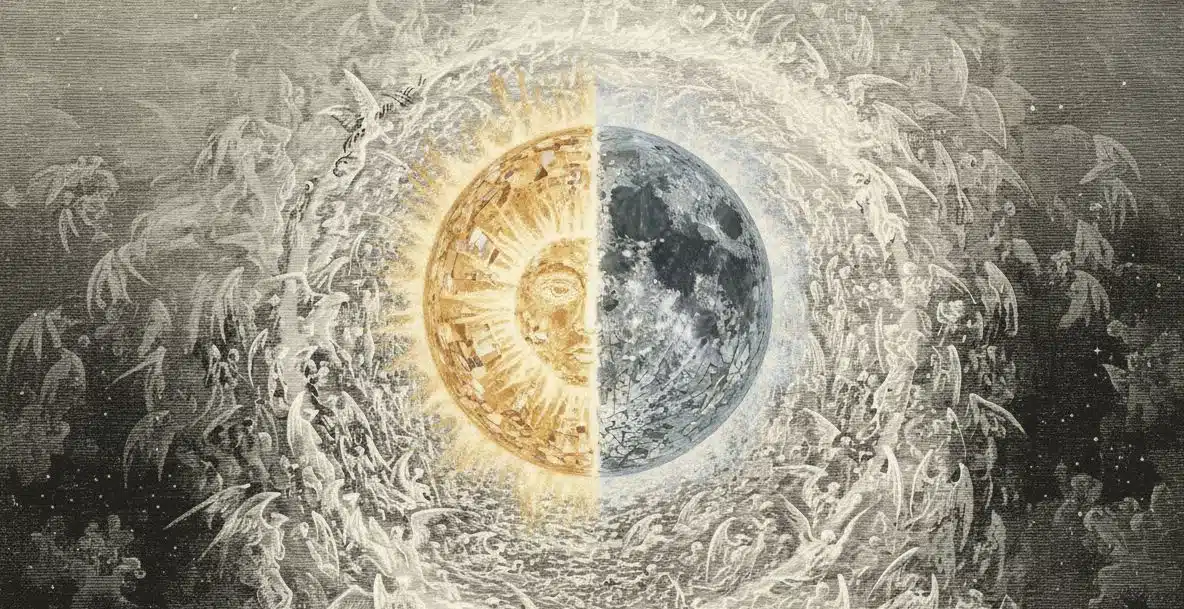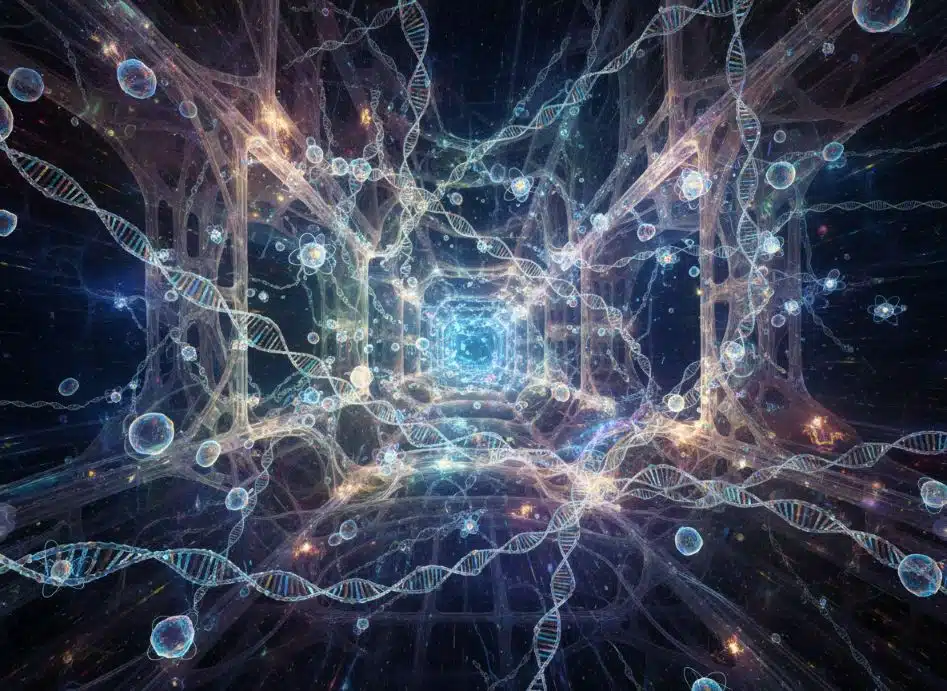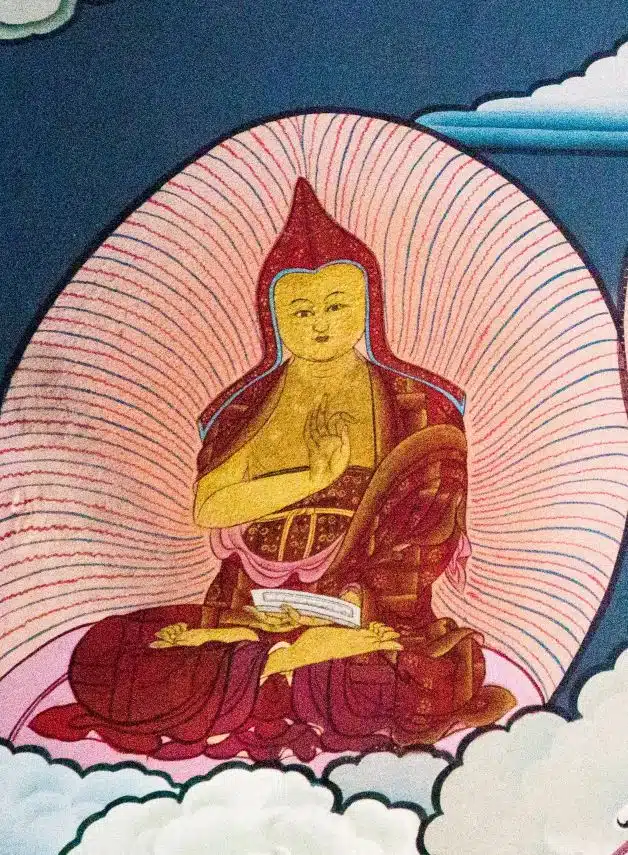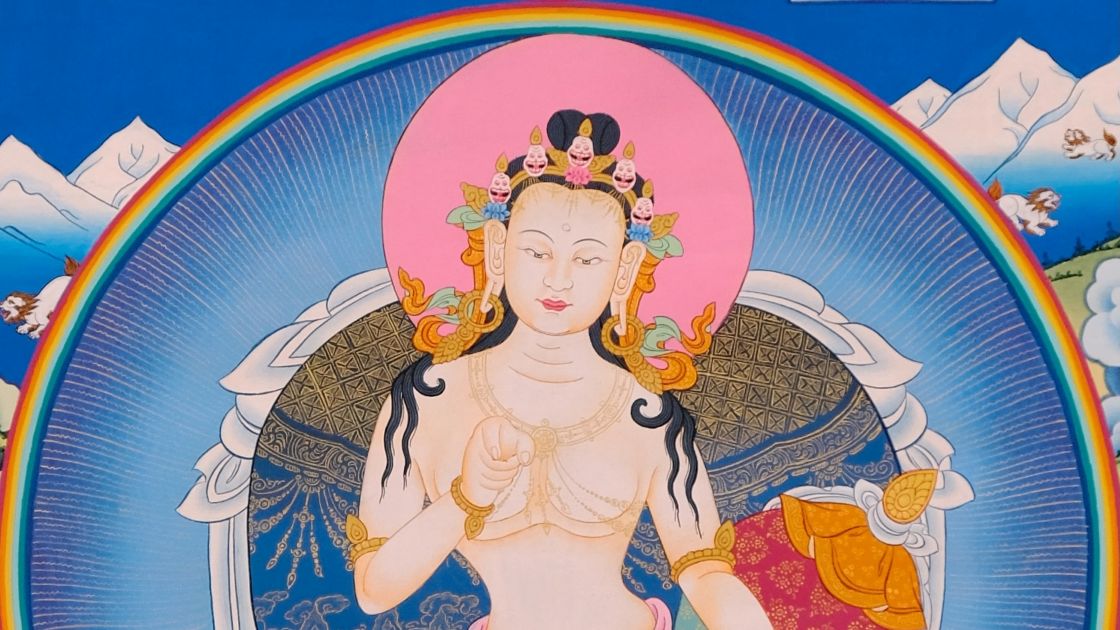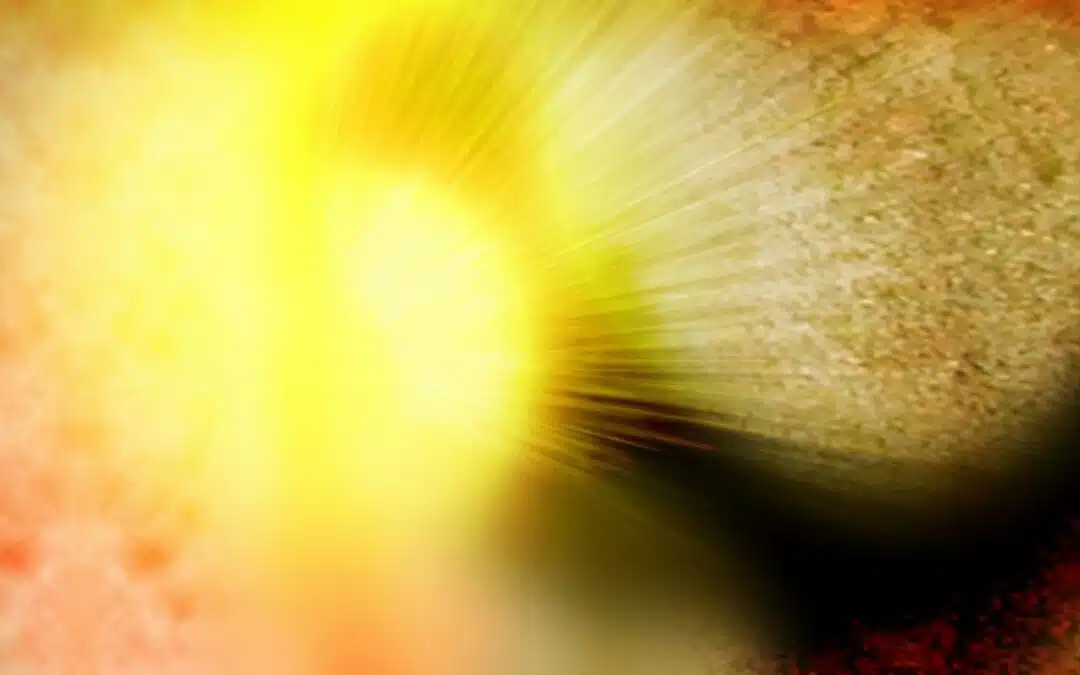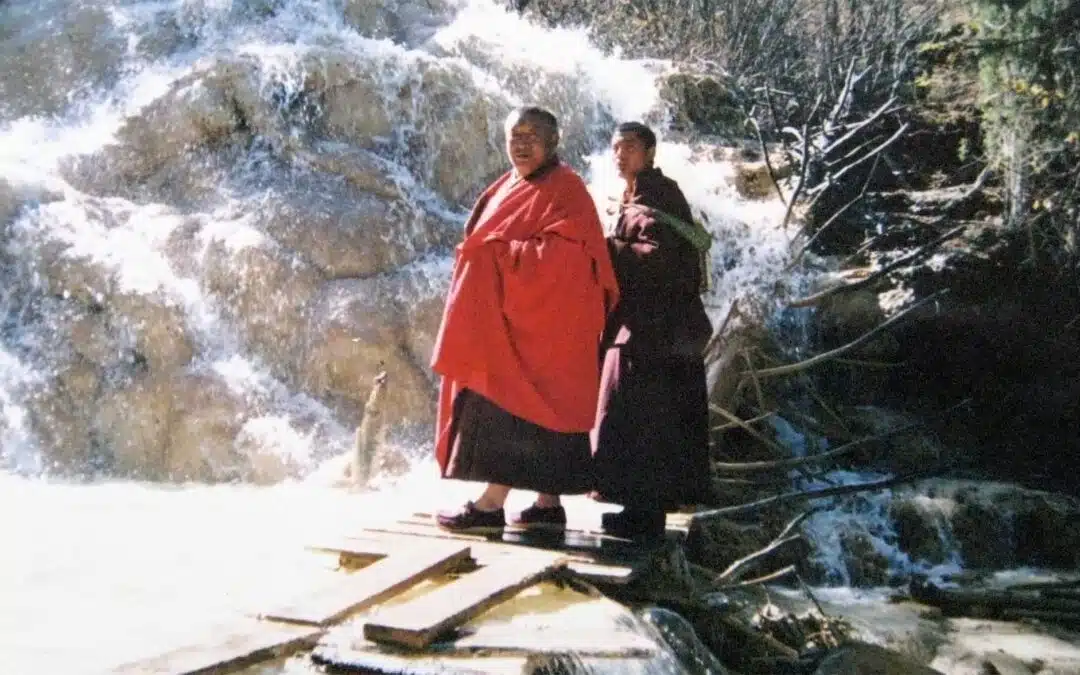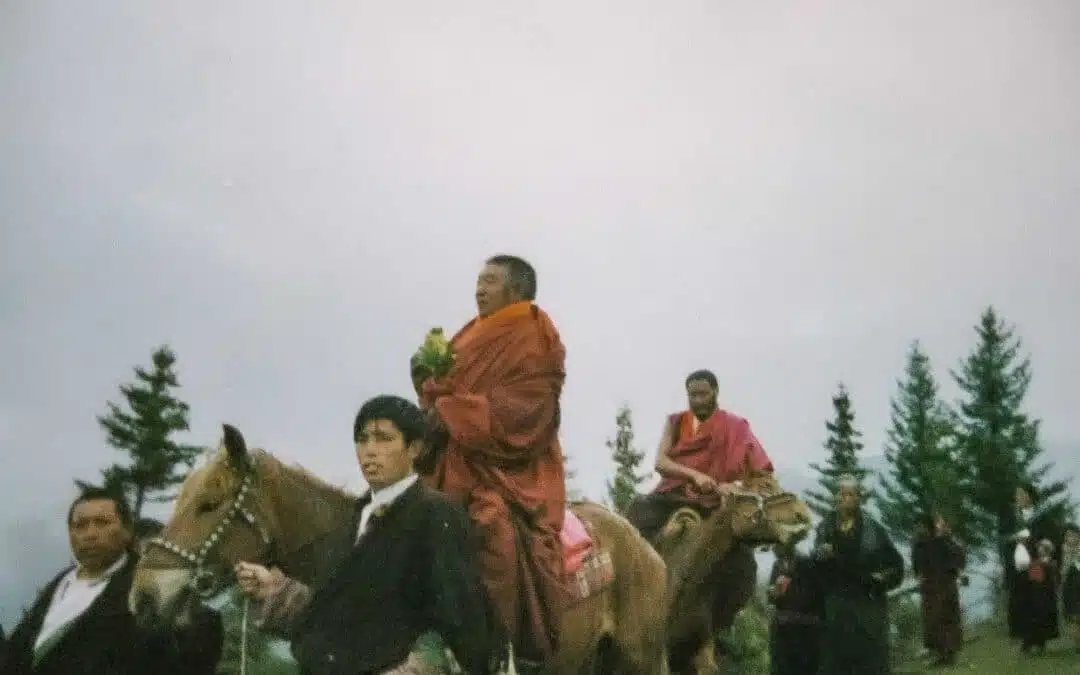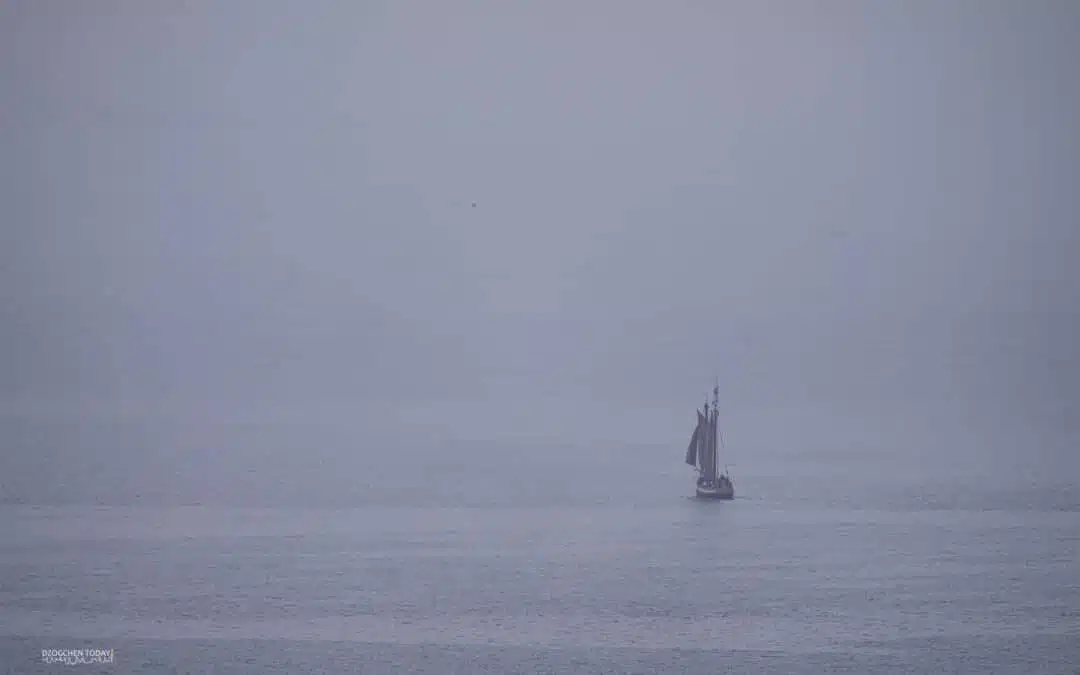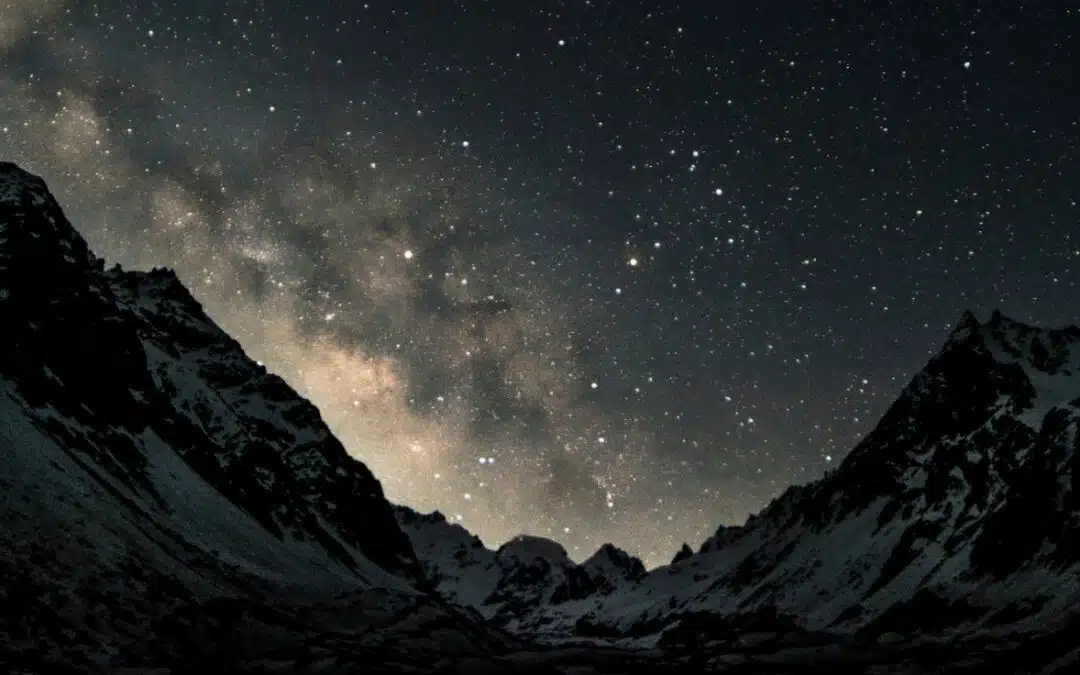THE DZOGCHEN HERO 2

Written by Johanne Bernard
Blog | Culture and tradition | Dzogchen practice | The Dzogchen basics
In this article, The Dzogchen Hero – 2, Johanne continues the exploration of the journey and how the hero turns to become a Friend of Good.
The Dzogchen Hero – part 2
or “The Big Leap”
“How to Follow a Friend of Good” Series
To recap, the Friend of Good had left his Dzogchen hero apprentice at the beginning of his adventure, on the threshold of the unknown world. Here he is, now further along in his journey… How much time has passed?
According to tradition, the “speed” of the path depends on the training of past lives: several decades, a lifetime, lives, kalpas [1], as the Tibetan masters would say. In the case of our hero apprentice, let’s say a certain number of years have passed… So what’s been going on all this time?
Well, our hero apprentice has been training himself, exploring his mind a little more each day, and becoming less and less unfamiliar with it. He overcame obstacles, many obstacles… otherwise it wouldn’t be an adventure. Often he went back to the Friend of Good. He went, sometimes in despair, sometimes impatient, sometimes very happy and more and more joyful. Each time he asked for new instructions. And the Friend of Good, seeing his motivation, gave them: he asked him to stand up, then to sit down, then to stand up again, to stabilize his view, his understanding, so that he could continue his journey.
“It’s so simple, and it seems so complicated at first: everything is the nature of the mind, pure, empty and spontaneous. Everything is Great Perfection.”
Our hero apprentice applied the instructions. He faced his emotions, and the emotions of others, until he realized there was no difference. He sat down, then stood up, then sat down, until he realized there was no difference. He went to the Friend of Good, he went back alone, he went back to the Friend of Good, until he realized there was no difference…
Gradually, his view stabilized: the state of Rigpa [2], the primordial wisdom, rose. Our hero apprentice realized that what he thought were obstacles were not obstacles, but the manifestation of the primordial basis of his mind. He realized that the bodhicitta, “the pure and perfect mind”, which he had found so difficult to raise at first, was the primordial nature of all beings. He acquired certainty and confidence. He acquired patience, with himself and with others. He became like a chameleon, changing color depending on where he was, yet always remaining the same. He began to integrate wisdom into his daily life.
Above all, he realized that he’d come all this way to find that what he’d been looking for had been there all along. He got up, then sat down, then got up again, only to realize that there was nothing he could do. It’s so simple, and it seems so complicated at first: everything is the nature of the mind, pure, empty and spontaneous. Everything is Great Perfection.
A broad smile blossoms on the face of the Friend of Good: his apprentice hero has become a hero… A hero who now understands what Friend of Good means: the one who points out the primordial nature of reality. He knows that, fundamentally, there never was a journey. Like an electron looping back on itself, he never left and never returned.
It’s time for Friend of Good to let his hero guide others. He can continue his adventure, for it is not yet truly over. He still has the final great leap to make. The one that will make the end of his adventure a return without return.
This return without return is Ölü, the unalterable attainment that comes only when the result of the practice of Thögäl, the great leap (or immediate leap), the crossing of the peak, has been achieved. This great leap is known only to great practitioners. In the tradition, we speak of the great Bodhisattvas [3]…
Once again, the Friend of Good leads the way for his apprentice, who has become a hero. For what the hero, now a Friend of Good, doesn’t yet know is that he too, like all beings, is a great Bodhisattva…
[1] Kalpa: a very long measure of time in the Buddhist world. It is said that 4 kalpas define the creation and destruction of the universe. BACK
[2] Rigpa: “primordial evidence”, the natural presence of the primordial aspect of mind.
[2] Bodhisattva : https://www.rigpawiki.org/index.php?title=Bodhisattva
MORE ARTICLES
The Tibetan Transmission: the Transmission According to the Four Initiations of Vajrayana
The Tibetan transmission, according to the four initiations of Vajrayana, leads to the complete realization of the ultimate nature of all reality.
The ground of all Künshi
This article “The ground of all, Künshi” provide a better understanding of the essential words and concepts of Dzogchen.
The Four Testaments of the Vidyādharas
This article from Grégoire presents the" Four Testaments of the Vidyādharas", essential teachings from the early masters of Dzogchen.
The Story of the First Masters: Garab Dorje
“The Story of the First Masters: Garab Dorje” is the first article in a new category about the masters of the Dzogchen lineage.
A Garland of Light
In “A Garland of Light”, Johanne talks about the way the lineage of the Great Perfection is passed on, since its beginning.
Stories When the Light Fades
In "Stories When the Light Fades", Mila Khyentse recalls some of his Master's Jack-o'-lantern stories told at night.
The ground (gzhi)
This article is the first in a new category designed to provide a better understanding of the essential words and concepts of Dzogchen.
The Call of the Lineage
In "The Call of the Lineage" Mila Khyentse talks about the Dzogchen lineage of his master Alags Chörten, called "the Diebu Lineage".
The Supplication that Fulfills All Wishes
In "The Supplication that Fulfills All Wishes", Mila Khyentse gives us a prayer from his Master for difficult times and conditions.
The Fourth Time
In the article " The Fourth Time " , Johanne talks about the three times… and the fourth one, beyond time.


